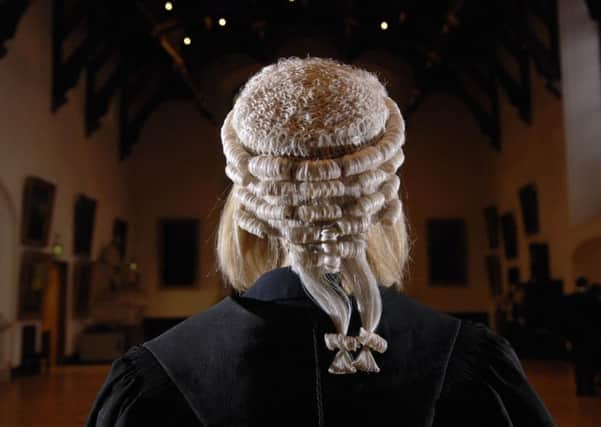Kay Springham QC and David Stephenson QC: Perception of advocates as white men is outdated


One of our concerns has been gender equality. The composition of the legal profession has changed since we became lawyers. A significant majority of current law students are women. More than half of solicitors are now female. But in our branch of the profession, men outnumber women. Recruitment to the Scottish Bar is overwhelmingly from solicitors experienced in court work, and Faculty’s diversity is partly dependent upon the composition of that pool. However, female advocates account for just over 27 per cent of our practising membership, and that figure has not changed significantly over the last ten years. Over that period, a total of 145 new advocates called, 57 [39 per cent] of whom were female. Yet our gender ratio remained essentially the same. This suggests a dual problem – attracting women to the Bar and then retaining those who join.
In addition, although many female advocates are highly successful in all areas of practice, there is evidence that women are active disproportionately in certain areas, and of disparity in average earnings between male and female advocates at all levels of seniority. A gender earnings gap is not unique to Faculty, and while all practising members are independent and self-employed, it is a matter of serious concern to us that our structures and professional rules may be contributory factors.
Advertisement
Hide AdAdvertisement
Hide AdSo, what can be done? The Faculty’s Equality and Diversity Committee has been working on a range of measures to tackle not just gender inequality, but also to promote equality and diversity in respect of the other “protected characteristics” under the Equality Act 2010, including race, disability, age and sexuality.
Last week, our Dean announced to members the introduction of four new policy documents: a fair instructions policy, a guide to unconscious bias, a policy on Equality and Diversity Officers and fair recruitment, along with guidance on positive discrimination. The policies are intended to work together, and we believe that they represent a real step forward in advancing equality for all our members.
It is not enough to have written policies. They need to be implemented and monitored. So, under the Fair Instructions Policy, for the first time, Faculty Services Limited clerks will record where “unallocated work” goes. Where an instructing solicitor or client has not specified which advocate is to be instructed, the clerks will record who has been put forward as suitable and which advocate is ultimately instructed. This information will be collated over a period of months, then be considered by the Dean, who will decide what steps, if any, need to be taken. A new computerised case management system will be introduced later this year by Faculty Services, and this should make the administration of the new Fair Instructions Policy relatively easy. By monitoring this type of information, Faculty should be able to identify whether there is any bias in the instruction of advocates, and if there is, where it occurs.
We hope that we can work with our colleagues in the solicitors’ branch of the profession to remove any outdated perception that when people think of an advocate, they visualise a white man. To help us achieve that aim, Faculty has drawn up a short Equality Statement, a simple way for those instructing counsel to support the steps which the Faculty is taking to advance equality of opportunity and to tackle discrimination wherever it may occur. It appears on Faculty’s website and we ask that you publicly support us by signing up today.
Kay Springham QC and David Stephenson QC are members of the Faculty of Advocates’ Equality and Diversity Committee